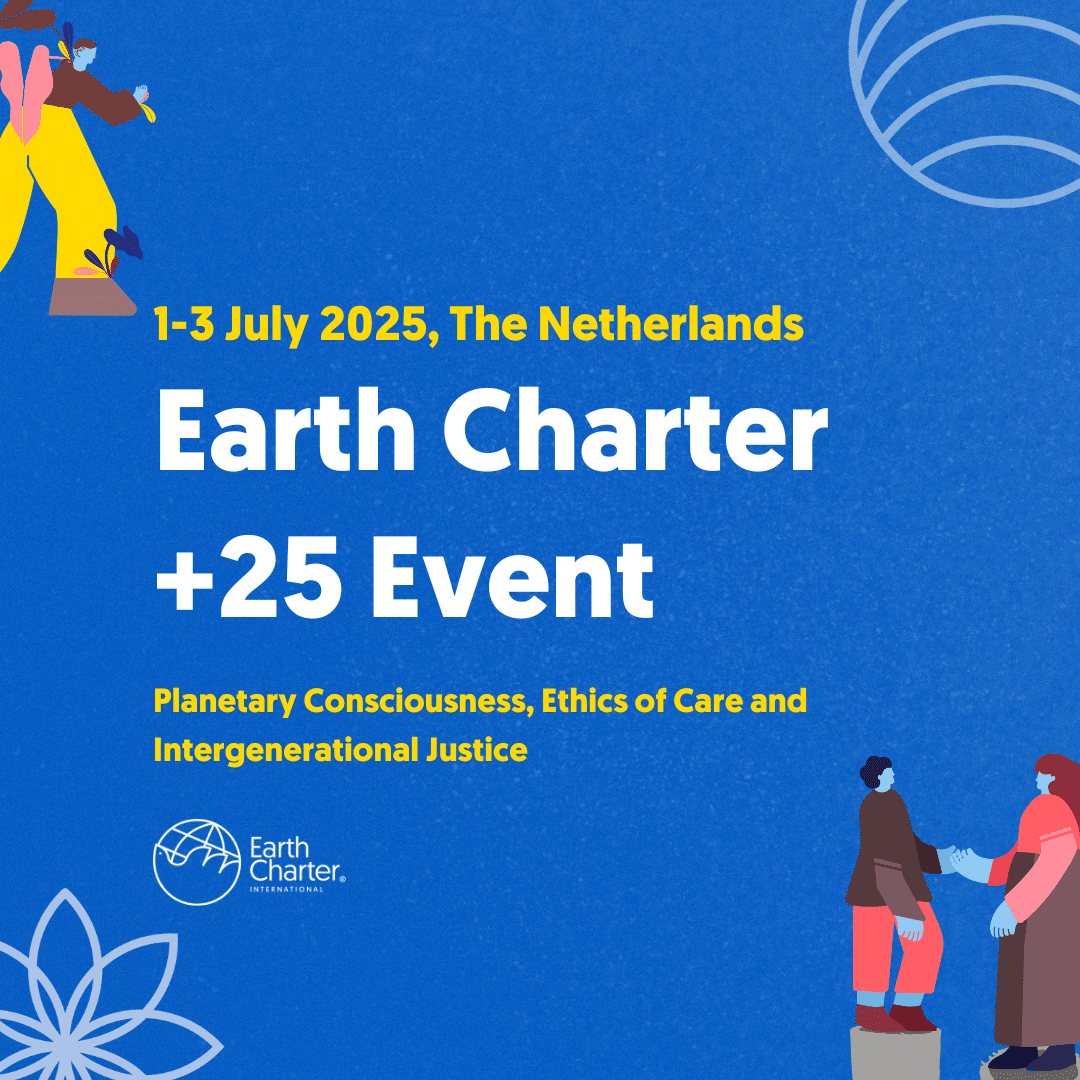[Originally posted August 2006 … republished Feb 2007]
The Earth Charter Partnership for Sustainable Communities (ECPSC) has launched the Earth Charter Community Action Tool, which can be used to develop and implement community sustainability plans.
Called EarthCAT for short, it consists of a step-by-step workbook that can help community leaders initiate a comprehensive action plan, and its on-line management support software shares experiences from other communities. It can lead you along as you set goals and targets and develop strategies to achieve them. It can also help you measure your progress.

The workbook and the EarthCAT management support software are available for use free of charge from the EarthCAT web site. They’re easy to use, and provide practical instruction and theoretical background for every step. You can access them online at www.EarthCAT.org.
ECPSC is a project of Global Community Initiatives (GCI), a Vermont-based non-profit organization that was formed after the World Summit on Sustainable Development to implement the Earth Charter on the local level. The development of the EarthCAT tool began as a partnership between GCI, World Resources Institute, and the
Gwendolyn Hallsmith is GCI’s Executive Director, and she says, “Our work with local communities has taught us that they often need guidance about how to do innovative kinds of planning. They also learn more from other communities than they do from experts. So we’ve designed a system with a clear process to follow, where they can see what other communities have done, and can make their own web pages to support the action plan.”
The cities of
Several very practical functions are available right now from the EarthCAT website. You can:
1. Conduct a web-based visioning process where you enter the visioning questions you want people to answer, and then the general public uses the EarthCAT site to answer. The site complies the data for you, and you can search it by keyword to determine what the main issues are for people in your community.
2. Track each step of the planning process—and create a database of the conclusions from each step on line—so that a broad group of stakeholders can always easily access the information about the project.
3. Host an on-line dialogue, using an “Open Forum” tool in each section. This works like a threaded dialogue, where people can post comments and others can post replies on the web page.
4. Share documents with your stakeholder group using the “File Manager” tool that is part of each section. This enables you to use the web site to share important information with a broad group of people, to solicit comments, or make them aware of what has happened in the project so far.
5. Manage your electronic mailing list for the project and send messages to your stakeholders. You do this through the Foundation section of the web site, which enables you to enter the names and contact information for the groups in your community who are involved, and then send messages to them inviting them to join the project. As a community leader, you can also send messages to your core team, your stakeholders, to other community leaders, and to all the participants in EarthCAT.
6. Access a global database of goals, strategies, and targets that other communities have used in their sustainability planning processes. You can search the database to get new ideas for your community. The database is organized by section (vision, goals, targets, strategies), by country, and by category – Social Well-Being, Good Governance, Human Economic Security, Human Services and Infrastructure, and Natural Environment. As you finalize the elements of your plan, the information from your community will be added to this searchable database, so other communities can learn from you.
7. Keep your working drafts and information private for you and your stakeholders, and then choose when to make the materials and conclusions public.
ECPSC also offers Taking Action: A Workbook for Sustainable Communities, to help with the process. Its chapters include:
* Chapter 1: Laying the Foundation for Change
* Chapter 2: Building a Common Vision
* Chapter 3: Establishing Goals
* Chapter 4: Understanding Trends and Setting Targets
* Chapter 5: Planning Strategies for Taking Action
* Chapter 6: Indicators of Community Performance
* Chapter 7: The Community Action Plan
* Chapter 8: Tracking and Reporting Progress
* Chapter 9: Revise, Refine, and Start Again
* Chapter 10: Leadership for Change and Innovation
* Appendices and Resources
A short tour of the web site tells you everything you need to know to use the management support software. On the home page, if you sign in as a guest (username: “guest,” password: “demo”), then you can see how a mock community “Sustainaville” has used the web site, and what the different resources are for every step of the process. To start your own community project, you would Register a New Account, wait for an e-mail with approval from the GCI office, and then Create a New Project, which will make all the web resources available to your community.
With the help of these tools communities all over the world can benefit from each other’s experiences, and take action toward sustainability and implementation of the principles of the Earth Charter.







